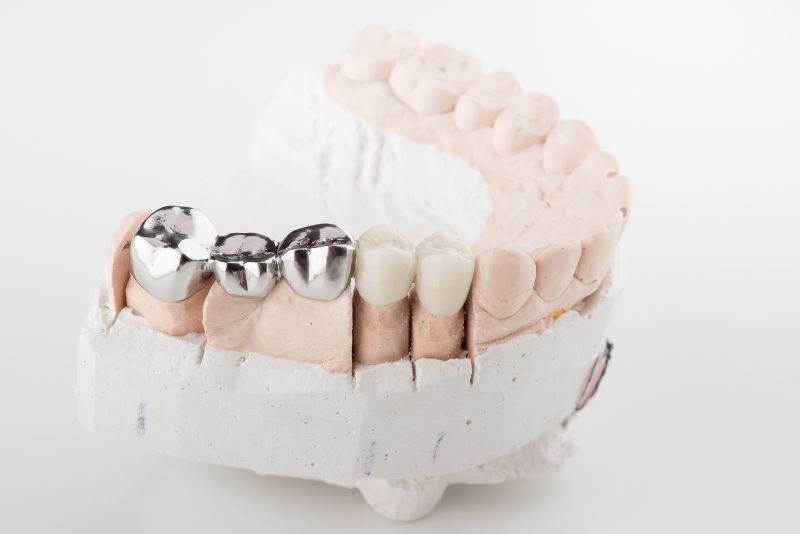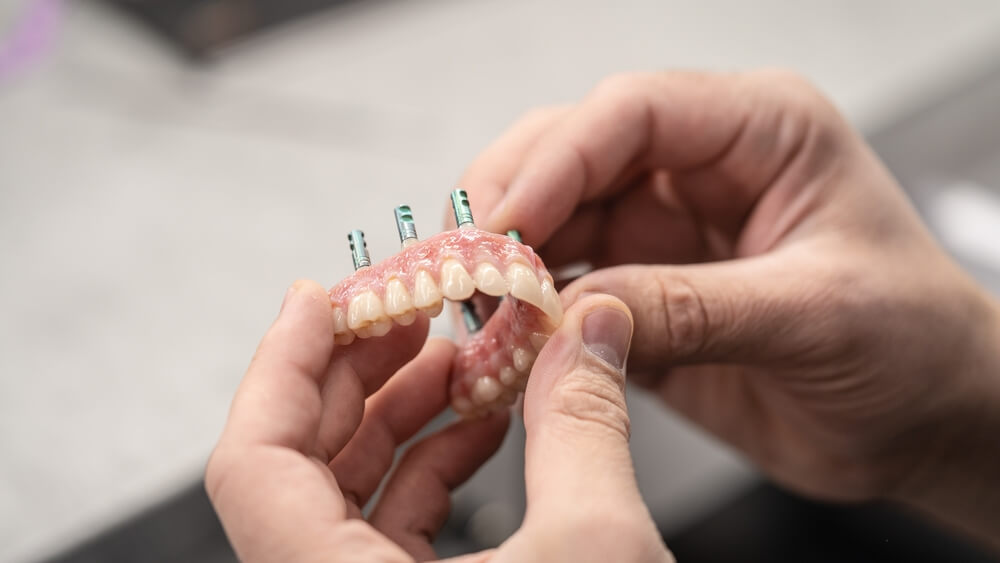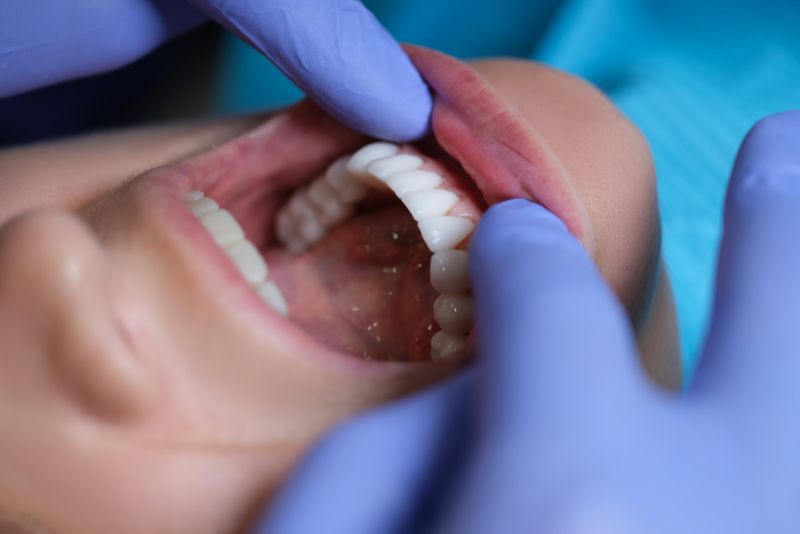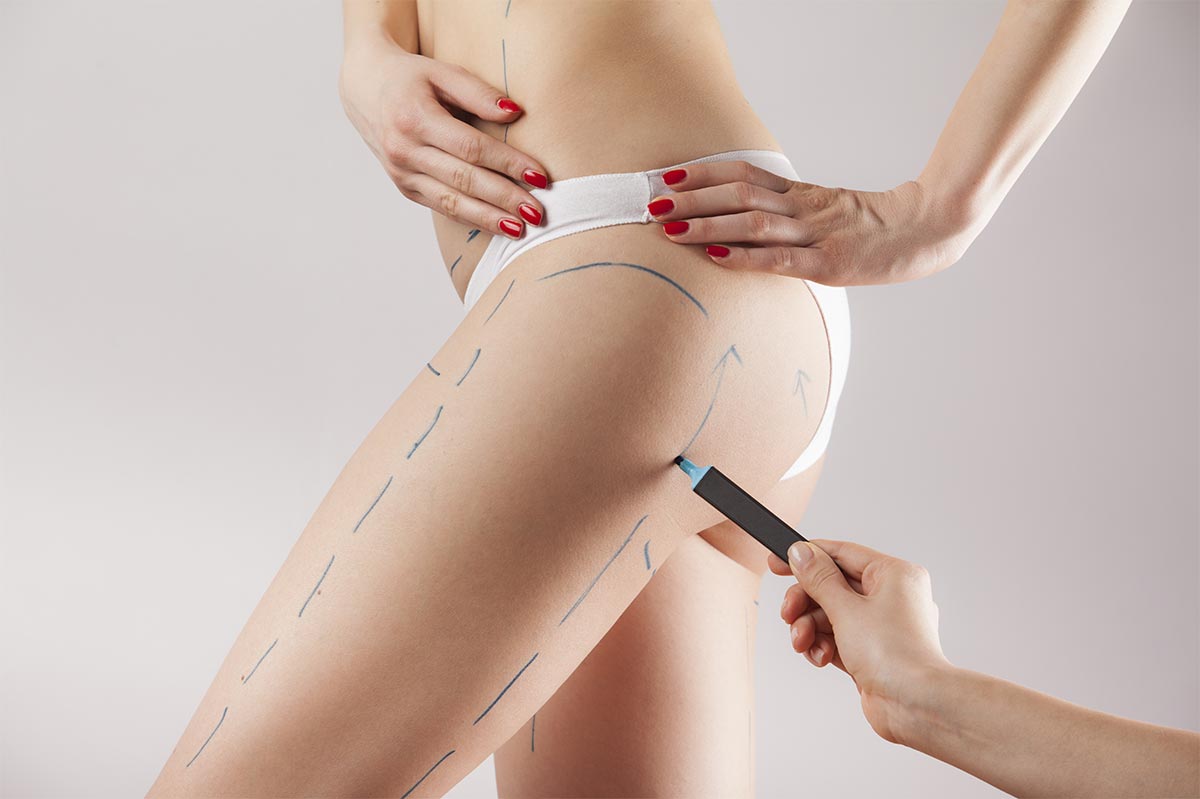Dental bridges are a popular choice for replacing missing teeth, valued for their blend of functionality and natural appearance. The success of a dental bridge in mimicking natural teeth largely depends on the quality of materials and the dentist's craftsmanship, making it a preferred solution recommended by professionals.
Turkey stands out as a top destination for dental bridge procedures, attracting patients worldwide with its advanced dental technologies, skilled professionals, and affordable care. This blog explores the appeal of dental bridges and why Turkey has become a sought-after location for achieving a seamless, natural-looking smile.
What types of dental bridges look natural?
Dental bridges are a cornerstone in restorative dentistry for replacing missing teeth, with several types available to suit different needs. Each type has its own set of characteristics that influence how natural they appear once fitted. Here’s a look at the four main types of dental bridges and their aesthetic outcomes:
Traditional Dental Bridges
Traditional bridges involve creating a crown for the teeth on either side of the missing one, with a pontic (or replacement tooth) in between. Since they are custom-made, the color of these bridges can be closely matched to your natural teeth, offering a very natural appearance. Traditional bridges are the most popular type and, when done by a skilled dentist, they are virtually unnoticeable to the casual observer.
Cantilever Dental Bridges
Cantilever bridges are used when there are adjacent teeth on only one side of the missing tooth or teeth. Similar to traditional bridges in material and design, they can also be closely matched to the natural tooth color. However, because they are supported on one side only, they might be used less frequently in visible areas.
Maryland Dental Bridges
Maryland bridges are considered a conservative alternative to traditional bridges, using two natural abutment teeth on either side of the gap. Unlike traditional bridges, they don't require filing down adjacent teeth since they are bonded to the back of the abutment teeth. This method can look quite natural, especially for front teeth, as long as the metal or ceramic framework doesn't show through the thin part of the teeth next to the gums.
Implant-Supported Bridges
Implant-supported bridges offer the most natural appearance and function similar to natural teeth since they are anchored directly into the jawbone with dental implants. They don't rely on surrounding teeth for support, which preserves the natural tooth structure. Because of their stability and integration with the bone, they provide a seamless and natural look, especially over time.
While dental bridges are designed to resemble natural teeth closely, it's important to note that they aren’t embedded beneath the gum like natural tooth roots. Therefore, there might be instances where the structure of the bridge is slightly visible behind or between the replacement teeth. However, a well-crafted bridge, matched closely to the natural tooth color and shaped to fit the gums, can be virtually indistinguishable from natural teeth, offering a discreet and aesthetic solution to tooth loss.
What Materials for Dental Bridges Look More Natural?
When it comes to selecting materials for dental bridges that offer a natural appearance, zirconium and porcelain stand out as the top choices. Zirconium is highly favored for its exceptional ability to mimic the translucency and color of natural teeth, making bridges made from this material virtually indistinguishable from the real thing. Its popularity is not just due to its aesthetic qualities but also its durability and biocompatibility. However, this premium option comes with a higher price tag, reflecting its superior characteristics and the intricate process of crafting the bridges.
Porcelain, on the other hand, remains a popular choice for those seeking a balance between cost and a natural look. Porcelain bridges can also be closely matched to the color of adjacent teeth, offering a pleasing aesthetic result. While it may not match the translucency of zirconium as closely, porcelain is still suggested by dentists for patients to prioritize a more affordable solution without significantly compromising the natural appearance of their dental restoration.
Cleaning and Care are Key to Maintaining a Natural Look for Dental Bridge
Maintaining the natural appearance and integrity of your dental bridge relies heavily on proper cleaning and care. Just like natural teeth, dental bridges require regular and thorough maintenance to prevent plaque build-up and ensure their longevity. Here are some essential care tips:
Brushing Twice Daily: Use a soft-bristled toothbrush to clean your teeth and bridge gently. This helps remove plaque and prevent the build-up of bacteria that can lead to dental issues.
Flossing Once Per Day: It's crucial to floss around and under the dental bridge to remove any food particles and plaque. Using a floss threader or dental pick can make this easier, allowing you to reach beneath the false tooth or teeth effectively.
Avoiding Hard Foods: Hard foods, such as raw vegetables, nuts, and ice cubes, can potentially damage or dislodge your bridge. It's best to avoid these to prevent any need for repairs, which may not always be possible.
Steering Clear of Smoking: Tobacco use can heighten the risk of tooth decay, gum disease, and ultimately tooth loss, which can compromise the health of the teeth supporting your bridge. Ultimately, it can change the color of your bridges drastically.
Eating Healthy Foods: Limiting sugary or acidic foods is beneficial not only for the lifespan of your dental bridge but also for your natural teeth. A healthy diet contributes to overall oral health and helps maintain the bridge's natural appearance.
Proper cleaning and care are indispensable in preserving the aesthetic and functional qualities of your dental bridge. By following these guidelines, you can ensure that your dental bridge continues to blend seamlessly with your natural teeth, offering a beautiful and lasting smile.
Dental Bridge vs. Other Types of Dental Treatments
When considering dental restoration options, it's essential to understand how dental bridges compare to alternatives like dental implants, as each has its own process and considerations.
Dental Implant Treatment Process which occurs in two stages:
Implant Placement: The first stage involves inserting the implant into the jawbone under local anesthetic. This procedure requires sufficient bone density to secure the implant. In cases of inadequate bone volume, a bone graft might be necessary.
Crown Attachment: The second stage, attaching the crown to the implant, usually takes place three to six months later. This delay allows the bone to integrate with the implant, ensuring a stable foundation for the crown.
Implants are a preferred choice for their durability and stability but require a healthy jawbone and multiple dental visits over several months.
Choosing Dental Bridges
Conversely, dental bridges offer a simpler and quicker solution for replacing missing teeth, especially in situations where bone density might be insufficient for implants. The process involves:
Preparation: During the initial visit, the dentist files down the adjacent teeth to where the bridge will be placed and takes an impression to create a mold.
Bridge Fitting: Using the mold, a custom bridge is crafted to match the patient's natural teeth. On the subsequent visit, the dentist fits the bridge, anchoring it to the adjacent teeth and ensuring a correct and comfortable bite under local anesthetic.
Bridges are often chosen for their less invasive nature, requiring fewer dental visits and no concern over jawbone density.
Appearance and Functionality
A common misconception is that there's a visible difference between dental bridges and implants. However, both restoration types utilize dental crowns that are indistinguishable from natural teeth in color, shape, and size. The choice between a bridge and an implant often comes down to individual circumstances, such as bone health, the complexity of the procedure, and personal preference.
Why Choose Turkey for Your Dental Bridge?
Turkey stands out as a premier destination for dental bridge treatments due to its cost-effectiveness and access to world-class dental care. Patients benefit from significantly lower costs than in Western countries without sacrificing quality, thanks to Turkey's highly qualified dentists and cutting-edge technology. This blend of affordability and expert care makes Turkey an attractive option for dental tourism.
Turkish dentists excel in crafting dental bridges that closely mimic natural teeth, focusing on the perfect match of color, shape, and alignment. Utilizing top-quality materials like porcelain and zirconium, they achieve bridges that blend seamlessly with the patient's existing teeth, ensuring a natural and aesthetically pleasing result.
Turkey's adoption of advanced dental technologies, such as 3D imaging and CAD/CAM, enhances the precision and aesthetics of dental bridge treatments. These innovations support the creation of custom-fit, natural-looking bridges, streamlining the process and improving patient outcomes.
Conclusion
Choosing the right dental restoration—whether it's a bridge or an implant—is a decision that necessitates a detailed consultation with a dentist. In Turkey, patients can expect comprehensive guidance from their dental professionals, who carefully consider various factors such as oral health status, aesthetic goals, and functional needs to recommend the most suitable option. This personalized approach to dental care, along with the significant advantages in cost and quality, positions Turkey as a top choice for patients around the world looking to restore their smiles.
Dental bridges offer a remarkably natural-looking solution for those seeking to address missing teeth, and Turkey's reputation for excellence in dental care is well-deserved. The country's dental clinics combine advanced technology with the expertise of skilled professionals to create dental bridges that not only look natural but also blend seamlessly with the individual's existing teeth. This commitment to quality ensures that patients leave with a smile that feels and looks authentic.






